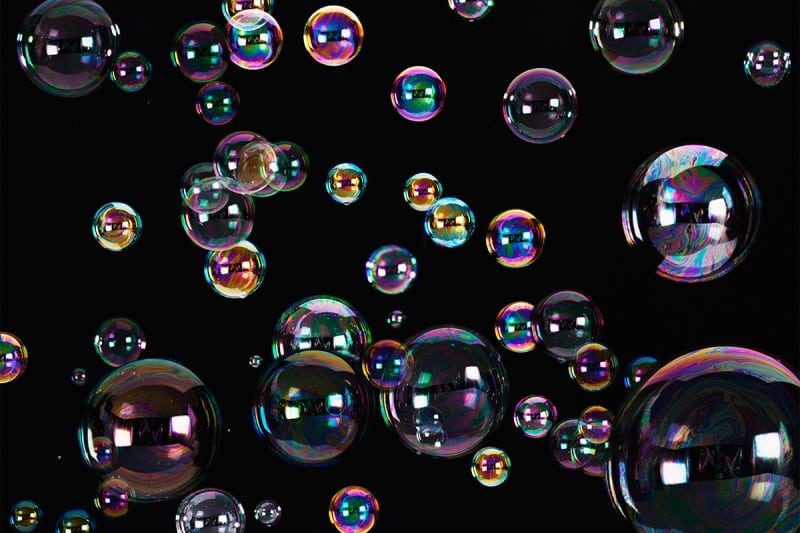
The idea that the already vast universe we can see is just one of perhaps infinitely many we can't is certainly a lot to swallow. And it doesn't stop there. The multiverse itself comes in many guises.
Get your head around the most mind-bending concepts in science From black holes to blockchains, from consciousness to the multiverse, we explain it all in this 13-part special
Take the cosmological multiverses. This concept sprouts from eternal inflation, our best explanation for why the universe looks as it does. In the split second after the big bang, the idea goes, space-time expanded exponentially. Random quantum effects brought this inflation to an end in small regions, and these became more sedately expanding bubble universes - like ours - inside a continually ballooning container, budding off more and more bubbles.
Even if we travelled at close to the speed of light, we couldn't reach the boundary of our expanding bubble, says Alexander Vilenkin, a theorist at Tufts University in Massachusetts - let alone cross over into another part of the multiverse. If we could, we probably wouldn't find a place friendly to life like us. "The so-called constants of nature, like the mass of the electron or Newton's gravitational constant, will have different values in different bubbles," says Vilenkin. Or at least so says string theory, our best stab at a theory of everything, which predicts a vast landscape of at least 10500 different configurations of physics.
Then there is the quantum multiverse, predicted by the "many worlds" interpretation of quantum theory (see "How to think about... Schrödinger's cat"). It says that when we make a measurement of the quantum world, forcing it to snap out of its accustomed fuzzy state, the other possible measurement outcomes persist in worlds parallel to our own.
Things get really hairy when you ask where these worlds are. "If the bubble universes exist in the same physical space, the many worlds are truly parallel universes, completely separate from one another," says Vilenkin. "There is a bigger mathematical structure that they're all inside, but in no sense does it look like space," says Carroll.
What's more, copies of ourselves would exist in all these worlds, although their universes would have absolutely no physical connection with our own. So we needn't worry about the fate of our doppelgängers. "Many worlds has no impact whatsoever on my decisions," says Carroll. "You're talking about a person I can never talk to. You might as well worry about the people who live a million years from now, or those who lived a million years ago."



Everything is connected. Obviously we're connected to those who lived a million years ago, as well as those in the future.
He did get it right on one point, "why worry."